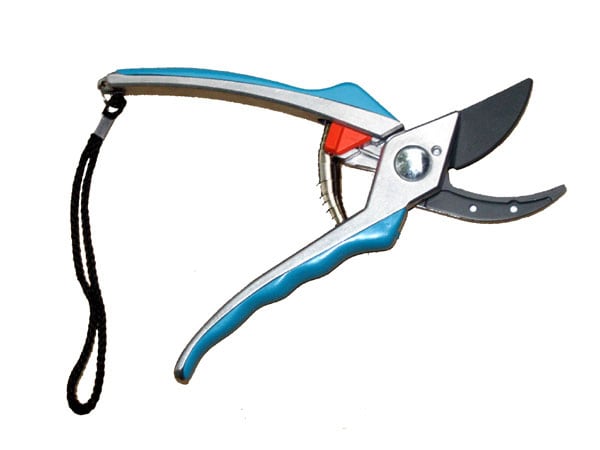
When using power tools in your yard, you have to take precautions to protect yourself from harm:
- Wear appropriate clothing (long sleeves, long pants, and steel-capped boots), eye protection, and perhaps ear protection as well.
- Always read the manual so you understand how the machine operates.
- Make sure you know how to turn it off.
- Make adjustments only when the tool is off.
- Some tools become hot as you use them — be careful to avoid burns.
Obviously, when a tool is not in use, it should be safely stowed indoors, out of the path of foot traffic; make sure you have it secured, in its off position, and sheathed or covered if it has sharp parts. Here are some more safety tips:
- For gas-powered tools: Double-check that there are no leaks (sniff!). Store extra fuel in containers intended for that purpose; then label these containers and keep them out of the way in a cool, dry spot.
- For electric-powered tools: Always use a circuit breaker; check the cord often for signs of wear or damage to the insulation or connectors. If you need an extension cord to run the tool out to the project spot, get one of those bright-orange ones so the cord is readily visible to you and others.
- For tools in general: Service the tool annually (at season’s end is best; surely by early spring). If you don’t know how to or don’t want to, hiring someone else to do it isn’t expensive. Wipe or scrub the entire exterior clean and drain all fuel at the season’s end. Sharpen dull edges and replace worn parts.









